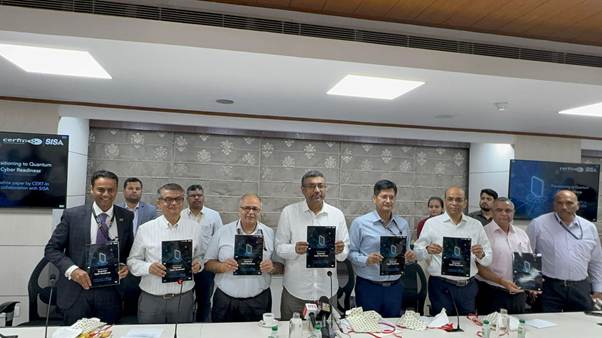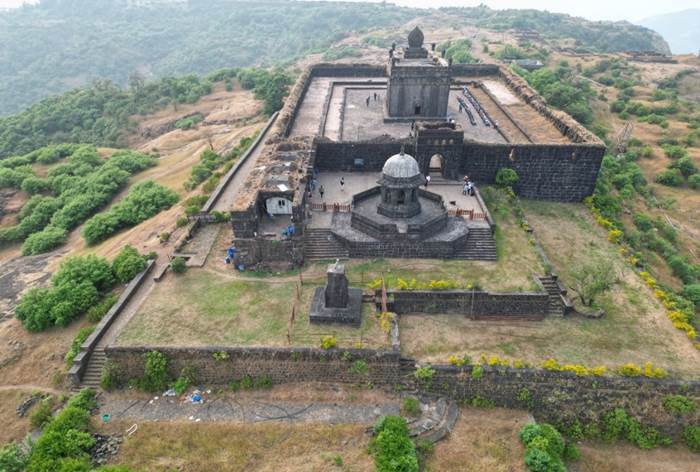Islamabad: Balochistan has emerged as a major challenge for Pakistan, turning into a festering wound for the country. It is one of the two provinces in Pakistan where the central government’s control remains weak over a large portion of the territory. Various insurgent groups, including the Balochistan Liberation Army (BLA), are operating in the region, running a parallel government. Recently, the BLA carried out a bomb attack on a railway track and hijacked a passenger train, drawing global attention to the Baloch insurgency. This raises crucial questions—why are the Baloch people forced to take up arms, and despite its rich natural resources, why does the province remain impoverished?
Deadly Clashes and Conflicting Claims
Pakistan has reported that 31 people were killed in the recent wave of violence, while its military claimed to have eliminated 33 Baloch insurgents in a counter-operation. However, the BLA has dismissed these claims as “false,” stating that it executed 214 hostages aboard the hijacked train, the majority of whom were military and police personnel. On March 16, another deadly BLA attack took place in Nushki, where suicide bombers targeted a paramilitary convoy. The BLA has claimed responsibility for 302 attacks in 2024 alone, including a bombing at Quetta’s main railway station that killed 26 people, including 14 soldiers.
Who Are the Baloch?
The Baloch are an ethnic Sunni Muslim group residing along the Iran-Pakistan border and parts of southern Afghanistan. Balochistan is the largest of these territories, followed by Iran’s Sistan and Balochistan province. The region is roughly the size of France, with a population of around nine million, sparsely distributed due to the challenging geography. This has historically made it difficult for the Baloch to align with a single nation-state.
Balochistan is Pakistan’s largest but least populated province, and also its poorest. Around 70% of its population is classified as ‘poor’ despite the region being rich in natural resources, including gold, silver, copper, and other minerals. The local population’s inability to benefit from these resources has fueled resentment, driving many to take up arms against the state.
A History of Rebellion
After the partition of India, Balochistan remained independent under a treaty with Pakistan until March 1948. The region was primarily ruled by the Khan of Kalat, the leading tribal authority, who resisted joining Pakistan but was pressured into submission by local tribal leaders from Makran, Lasbela, and Kharan. Since then, the Baloch have engaged in periodic uprisings, demanding autonomy or independence. These movements have been violently suppressed on both sides of the border—in Pakistan, such efforts are seen as attempts to divide the nation, while in Iran, Baloch grievances are compounded by their status as a Sunni minority in a Shia-majority country. Amnesty International reports that over 10,000 Baloch have disappeared in Pakistan since 2011.
The Roots of the Baloch Insurgency
Balochistan has been plagued by insurgency since its forced integration into Pakistan in 1948. Major uprisings occurred in 1958, 1962, and 1973, primarily led by tribal groups. However, in the early 2000s, the resistance took a new shape. Baloch nationalists, long accusing Islamabad of resource exploitation, election fraud, and human rights abuses, began organizing into militant groups demanding an independent Baloch state. While attacks were initially sporadic, the insurgency has gained momentum in recent years.
The Rise of the Balochistan Liberation Army (BLA)
Formed in the early 2000s, the BLA is the largest Baloch insurgent group and has been waging an armed struggle against the Pakistani state for decades. It seeks an independent Balochistan and opposes Chinese investments in the region, particularly the China-Pakistan Economic Corridor (CPEC). The BLA has frequently targeted Pakistani security forces and Chinese projects, claiming that Baloch resources are being exploited. Pakistan banned the BLA in 2006, while the United States designated it a global terrorist organization in 2019.

What Fuels the Baloch Movement?
The insurgency intensified under General Pervez Musharraf, who took power in a military coup in 1999. The Baloch claim underrepresentation in the Pakistani military, which is dominated by ethnic Punjabis. A major point of contention is the development of the Gwadar mega-port, initiated in 2002. Despite its strategic significance, the Baloch were largely excluded from the project, with most jobs given to Chinese engineers and workers instead of locals.
Another major flashpoint was the killing of Baloch leader Nawab Akbar Bugti by the Pakistani military in 2006. The transition from Musharraf’s military rule to the civilian government of Asif Ali Zardari in 2008 did little to address Baloch grievances. In 2009 alone, there were 792 attacks, leading to 386 deaths, with 92% linked to Baloch nationalist militants. Violence escalated further in 2010, with 730 attacks causing 600 deaths.
External Influences and the Role of Afghanistan
The U.S.-led war in Afghanistan also impacted Balochistan in two ways. First, it led to an influx of Pashtun refugees from Afghanistan, shifting the province’s demographic balance. Second, the increased presence of extremist militants in the region resulted in a heavier deployment of federal security forces, further alienating the Baloch nationalists. Many displaced Taliban fighters have also settled in Balochistan, with Quetta reportedly serving as a hub for both Al-Qaeda and the Taliban leadership.
Is There an Opportunity for India?
Pakistan’s struggle to maintain control over Balochistan presents a strategic opportunity for India. Historically, countries have used regional instability to counter their adversaries. Just as Pakistan has supported terrorism and insurgencies in India’s Jammu and Kashmir and the Northeast, and China has aided Maoist and separatist groups in India, New Delhi could increase its engagement with Baloch groups to apply pressure on Pakistan.
While India has not publicly supported the Baloch insurgency, Prime Minister Narendra Modi made a rare mention of Balochistan in his 2016 Independence Day speech, signaling potential diplomatic interest. Increased engagement with Baloch leaders, international advocacy, and strategic investments could provide India with leverage over Pakistan, forcing Islamabad to rethink its approach to regional insurgencies.
Balochistan remains a flashpoint of conflict, deeply entrenched in historical grievances, economic disparity, and political marginalization. With a growing insurgency, conflicting narratives, and external geopolitical factors at play, the crisis in Balochistan is far from resolution. Whether Pakistan can find a political solution or whether the insurgency will continue to intensify remains a question for the future, but one thing is clear—Balochistan’s struggle is far from over.





